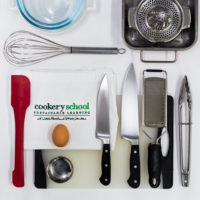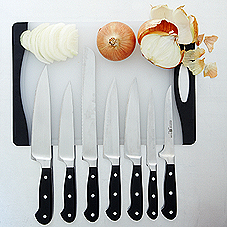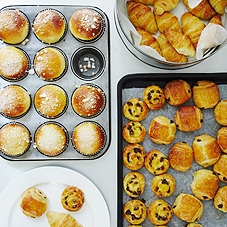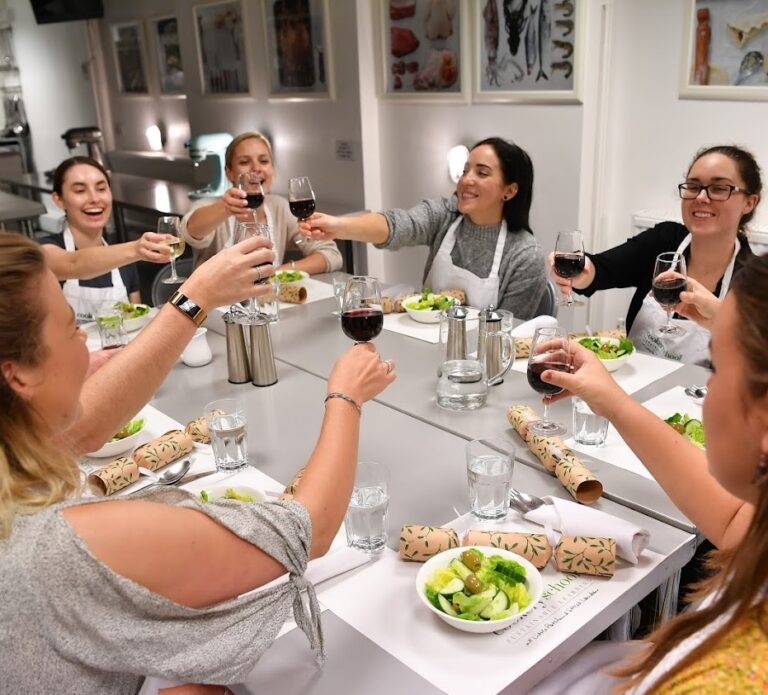RECIPE: Fermenting Vegetables – Brining

Ferments are healthy and good for your gut biome. Fermenting is a great way to preserve gluts of seasonal produce and for trying out new vegetable ferments at home.
Ferments: basic principles
• You can transform most vegetables that are losing their crunch by fermenting them in brine
• Pickling is usually done in an acidic mix like using vinegar but fermenting is when you use a brine solution
• The vegetables must remained submerged under the brine, otherwise they will go mouldy
• Natural fermentation occurs at room temperature and produces the required acidity
• Fermentation is the growth of “good” bacteria which makes the vegetables less vulnerable to “bad” spoilage-causing bacteria
• The sour flavour is achieved because of the chemical reaction between the sugar in the food and the natural present bacteria
Ingredients
You can use carrots, beetroot, celeriac, turnips, radishes and even Jerusalem artichoke
Salt
Water
Method
On day 1
1. Boil water.
2. Mix brine – 5g of salt for every 100ml of water (How much water you need depends on the size of your jars, so measure this out beforehand).
3. Let the brine cool.
4. Sterilise jars in the oven or with boiling water or use jars that have gone through the dishwasher.
5. Peel the root vegetables (carrots, beets, turnips etc). Then chop them into small chunks approximately 1cm x 1cm x 1cm.
6. Put vegetable chunks in the clean glass jars.
7. Fill jars with brine so that the vegetables are completely submerged.
8. You need to find a way of keeping all the vegetables submerged under the brine because any vegetables that stick out above the brine will go mouldy.
9. Put a lid on the jars.
Then every day
10. Open the lids at least once/day to release any bubbles that build up from the fermentation.
11. After a few days, start tasting a chunk of veg every day until it tastes sour and tangy. Your pickles are ready to eat. Enjoy!
12. You can put the jars in the fridge at this stage, if you like.
Ros’s tips
To keep the vegetables submerged, put a cabbage leaf on top of the vegetables, then weigh them down with a tiny ceramic dish.
Category
Recipes




